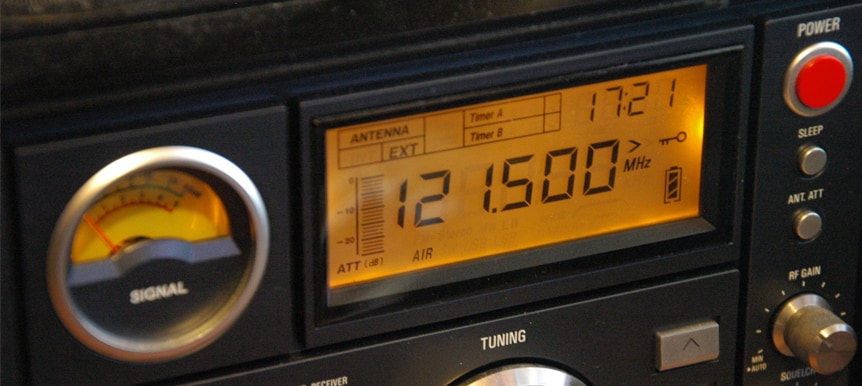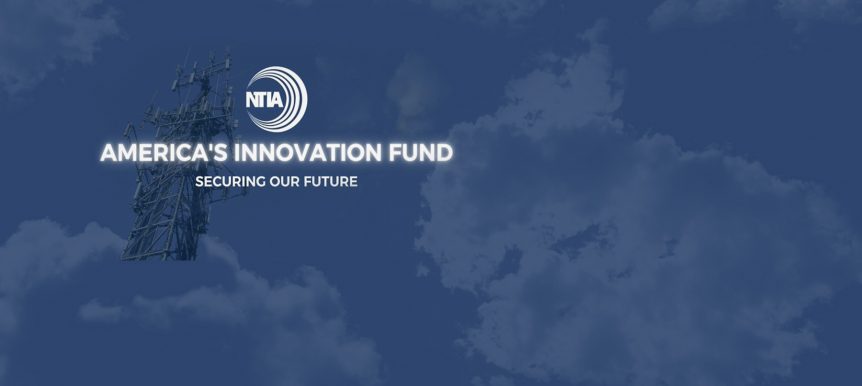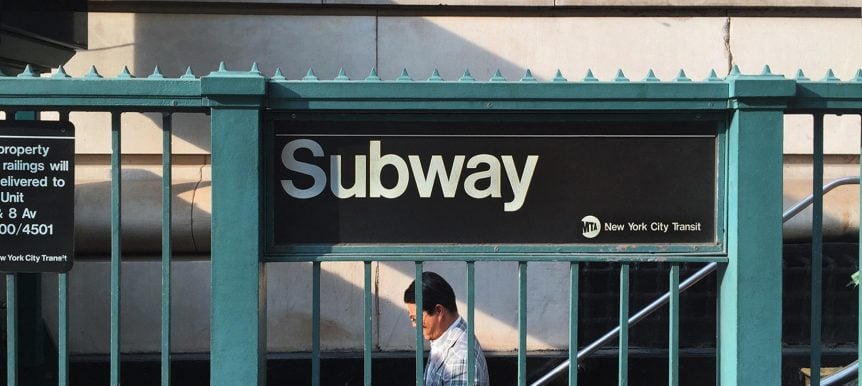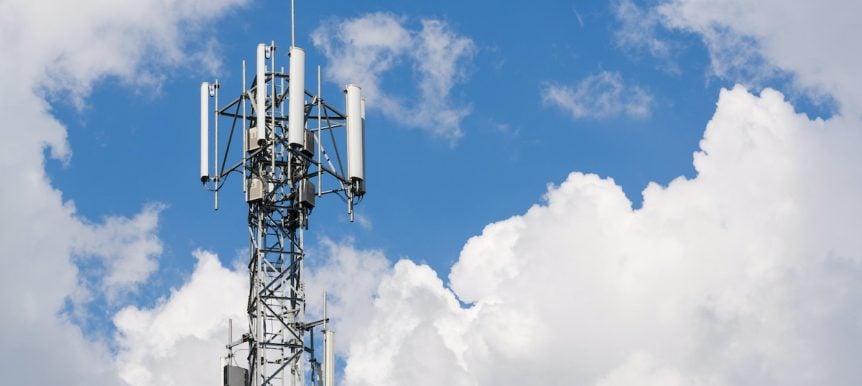Calling All Radio Enthusiasts: NYU WIRELESS’S Ted Rappaport Hosts a Field Day

Today, when palm-sized devices can connect people to nearly anyone they wish, from almost anywhere in the world, one might be excused for thinking amateur, or “ham”, radio is a thing of bygone days, buried behind old copies of “Dick Tracy” and “The Hardy Boys.”
Not so. Amateur radio operators are more important now than ever, particularly since 9/11 and Katrina, as they play key roles in rescue, emergency preparation and crisis response. Also, as the crew of the International Space Station recently demonstrated, ham radio is not just a great hobby, but a great tool for inculcating in students an interest in engineering and science.
Indeed, among ham radio operators have been the very inventors and technical experts who brought us the internet, the cellphone industry, email, and now 5G.
One operator is well known to the wireless industry: Ted Rappaport, a professor of electrical and computer engineering at the NYU Tandon School of Engineering and the founding director of the multidisciplinary academic research center NYU WIRELESS, whose research and advocacy have helped move the industry toward the next generation of telecommunications, is still avidly working the dials. He is hoping to use ham radio to inspire a new generation of enthusiasts.
In fact this weekend Rappaport, whose call sign is N9NB, is hosting a “Field Day” in Riner, Virginia where he did the world’s first rural measurements at 73 GHz.
There are some 3 million ham operators licensed around the world, with 750,000 licensed “hams” in the U.S. alone. Each year, on the fourth full weekend in June, many of them set up in fields, public shelters, and parks to simulate emergency communications as they strive to contact fellow amateur operators. During these Field Days they will be making contacts with Morse code (CW), voice, and data, using high frequency shortwave frequencies that travel around the world using the ionosphere, as well as VHF and UHF frequencies that travel locally for many miles over line of sight.
Rappaport and his fellow operators will also be presenting public educational demonstrations of amateur radio, which he believes will be a source of fascination for many. He notes that because transmissions are regulated by the FCC Part 97 to be strictly a hobby, with business usage prohibited, and completely open to the public and un-obscured, anyone can listen in to the fun this weekend on any shortwave, scanner, or police radio.
He points out that his involvement is not NYU’s only connection to amateur radio. The school had a famous ham radio station in the 1930s, operating from its Bronx campus with call letters W2DSC; while it became defunct in the 1960s, an alumnus has donated his call sign, W2NYU, and there has been a recent resurgence of interest in reviving the station. “While I was a college student, I was a member of a vibrant ham radio club that had nearly 100 members from all fields of study,” he recalls. “The experiences in that club helped me make lifelong friends and connections with faculty, and I hope that a radio club based at NYU Tandon will be similarly gratifying for students.”
Rappaport is renowned for his seminal paper “Millimeter Wave Mobile Communications for 5G Cellular: It Will Work” in which he envisioned and proved the potential of the millimeter wave (mmWave) spectrum (30 to 300 gigahertz) to dramatically improve urban reception, reduce the cost of bringing fiber optic-speed WiFi and wireless service to underserved rural areas, and usher in the era of 5G communication in which consumers will enjoy speeds up to 100 times faster than those obtained with 4G devices.
It all leads back to when he was 14, when he sent Morse code during his first Field Day in Richmond, Indiana. “The magic of radio from that weekend led me to pursue my passion for wireless communications throughout my life,” he explains. “This hobby offers great fun and public service, and it provides a vast platform that can excite children about science, technology, engineering, and math (STEM).”

 Biden-Harris Administration Awards Wireless Innovation Fund Grant to Sundeep Rangan & Team
Biden-Harris Administration Awards Wireless Innovation Fund Grant to Sundeep Rangan & Team Governor Kathy Hochul calls on Professor JR Rizzo to Help Boost Accessibility for NYC Commuters
Governor Kathy Hochul calls on Professor JR Rizzo to Help Boost Accessibility for NYC Commuters With NSF and Industry Support, NYU WIRELESS Aims to Harness the THz Spectrum for Amazing Possibilities
With NSF and Industry Support, NYU WIRELESS Aims to Harness the THz Spectrum for Amazing Possibilities








